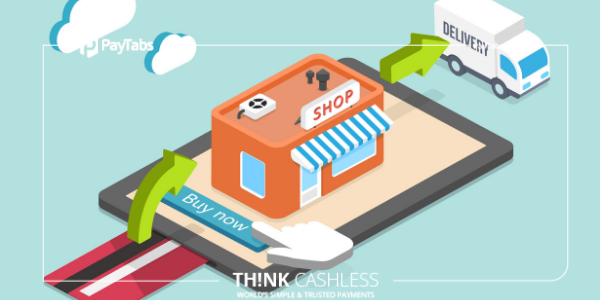Launch Your First eCommerce Website : Choosing an Industry, Product and process (Part 1)

With higher Internet penetration levels, jumping into the online e-commerce bandwagon is fast becoming crucial for business survival. A recent estimate by eMarketer puts the online sales opportunity at over $27 trillion in 2020. Thus, any prudent sellers cannot afford to miss out on digital selling and opt only for the brick and mortar store given the huge market size, cost savings, access to a wide customer base and low barriers to entry in the online route. The e-commerce business is clearly here to stay. In this series, we shall explore the simple four- pronged approach to successfully launch one’s first e-commerce website right from start to finish. After you are through this series of articles, you’d realize that setting up and running one’s e-commerce site is no rocket science at all!
Choosing an Industry, Product and process
The products listed on an e-commerce site are its mainstay. Thus, it is important to zero in on the right industry group, list of product categories to be hosted on the website and the process of delivery to the final customer. The following are useful points to determine what inventory to sell and how to source the merchandise:
- Research your niche: A good starting point would be to pick a competitive industry and identifying the successful players. This would ensure there is already a sizable customer base with latent demand to tap into. Alternatively, one could pick what’s on popular listing or a category with multiple keywords and trending on social media. Another approach would be to select what’s one’s liking and has experience in. After all the success of a business depends largely on the degree of commitment of the entrepreneur. Its highly likely that one would be more involved in a business vertical that one is interested in.
- Source products: In case you are not keen on in-house manufacturing, you could also obtain inventory from other manufacturers. There are two options in this- either stock inventory or dropship the products i.e. ensuring direct product delivery from the manufacturer to the customer.
- Contacting the suppliers: Having decided the products to be sold online, its imperative to find the suppliers of the products. In case one decides to host readymade merchandise or manufacture products, suppliers of the final goods or raw material sourcing is vital. Some popular routes include looking up online directories or searching for suppliers on the websites of trade organizations. For a more personalized approach, it might be a good idea to visit seminars, trade shows and similar events in one’s city to touchbase with potential suppliers. In case one already has contacts in a particular industry segment, it might make sense to go by referrals. Lastly, using social media platforms like LinkedIn and Facebook one can post an update or requirement or enter discussions in related groups, which might help win vendors.
- Shortlisting suppliers: Having created a list of potential suppliers, its important to communicate and negotiate the terms and conditions. This would ensure no future misunderstanding as regards payments or wrong product delivery or description. It is also advisable to read supplier reviews on other websites to gauge their service quality. The following are some of the important parameters to be evaluated:
- Terms of payment: Whether the vendor accepts cash on delivery, net 30 days, net 90 days or advance system
- Minimum order requirements: Some suppliers mandate bulk purchases
- Cost estimate: In addition to the cost of the products, vendors would charge for shipping, packaging and handling fees.
- Insurance cover: Most suppliers insure the products against liability arising from product recall, damage during travel, malfunctioning etc.
- Non delivery or late delivery: One must be aware of the vendor policy in respect of undelivered orders or late deliveries, so as to avoid souring business relationship with one’s customers.
- Prepare a viable business plan: Having discovered your niche, zeroed in on the products, studied the profitability and demand potential and sourced the suppliers, its important to study competition and develop a feasible business plan. This would help differentiate oneself from the peers and win sales conversion. The business plan should cover diverse scenarios of base, best and worst case, with strategies to win new customer leads and grow traffic and to have a backup plan to keep the e-commerce business up and running throughout.
Now that you have the broad guidelines of starting an e-commerce in place, its crucial to move to the ‘tech’ aspect of setting up the online portal. We shall discuss the finer nuances of setting up a website and e-commerce platform in the next article in this continuing series.




